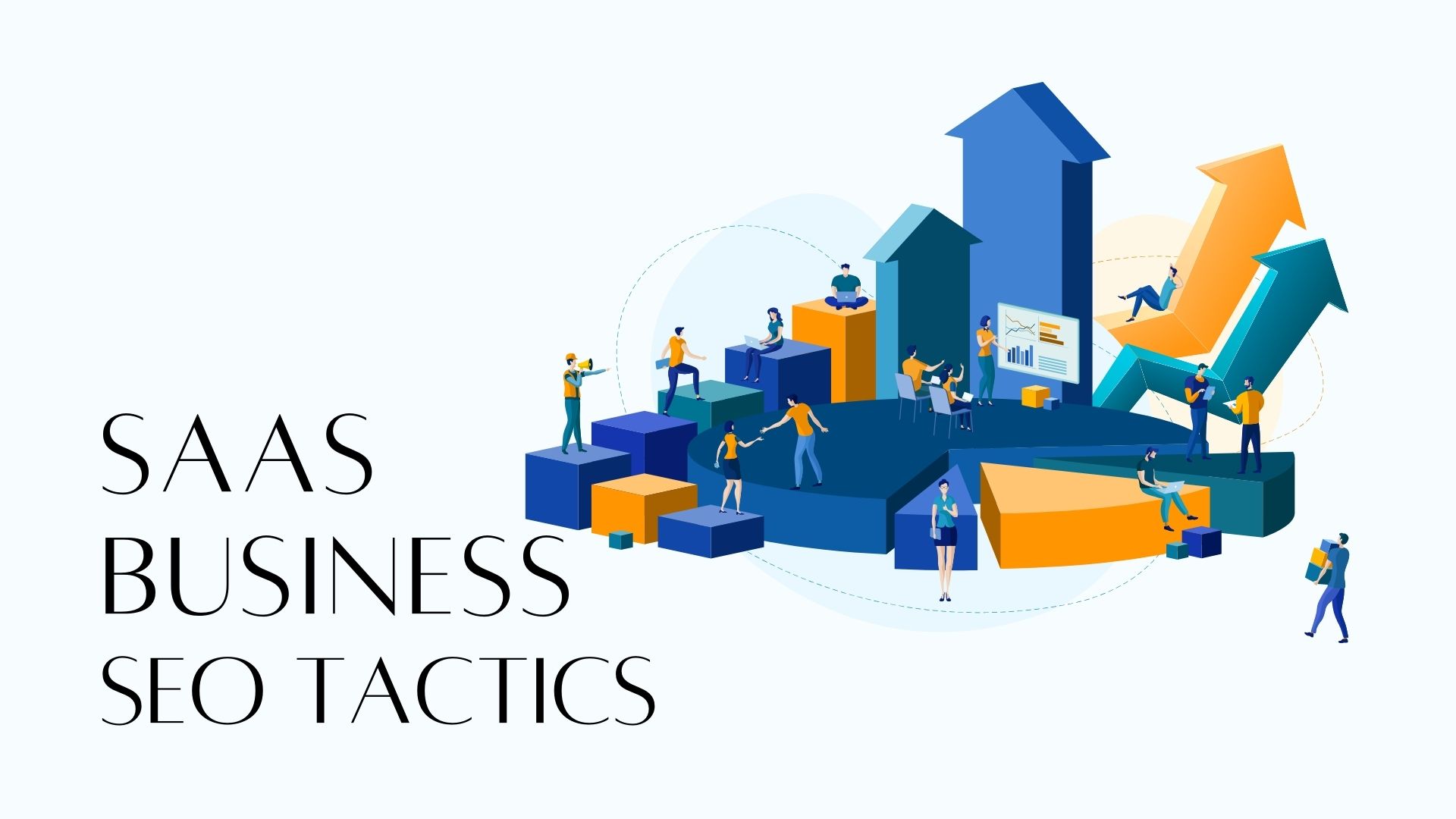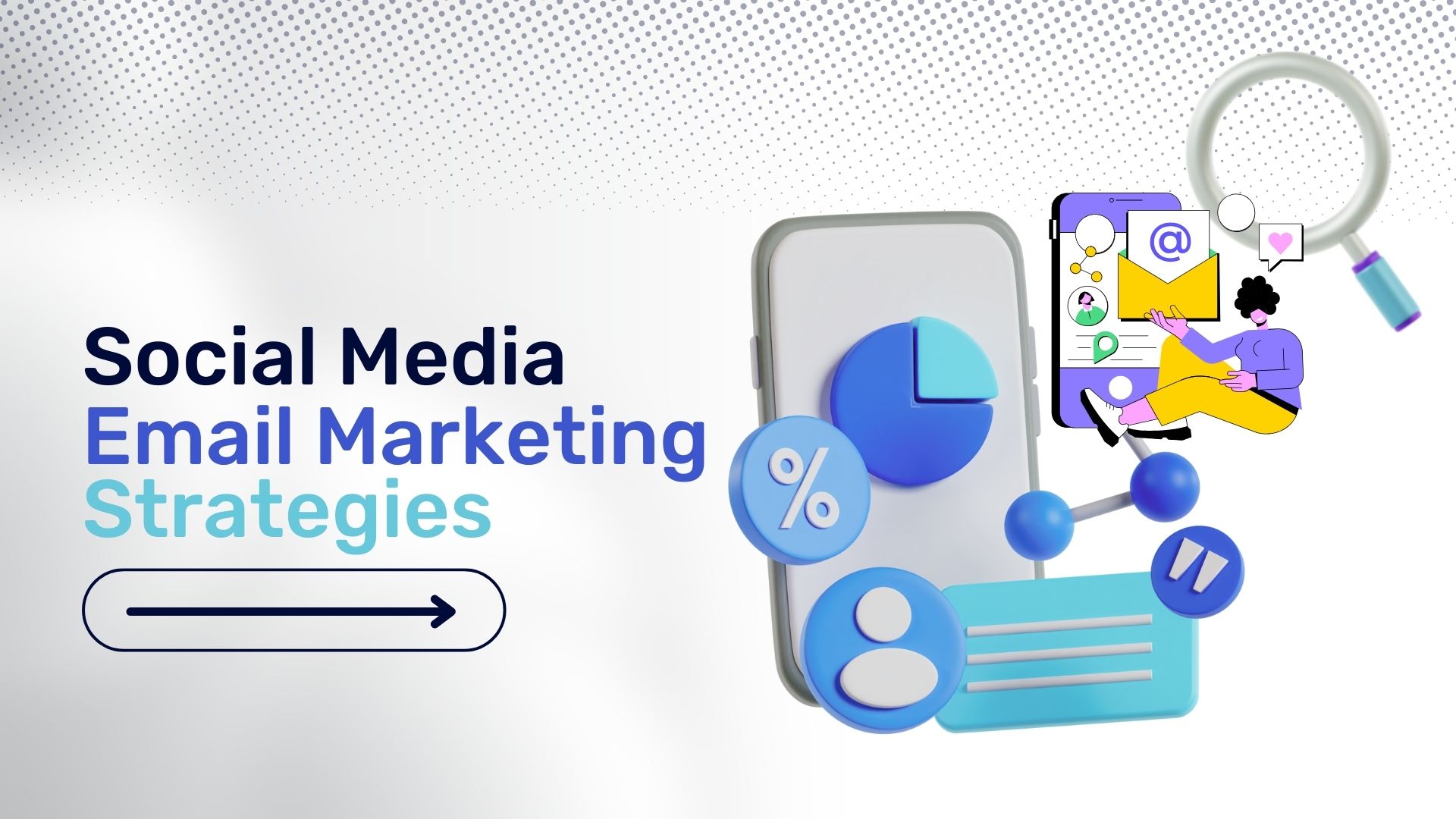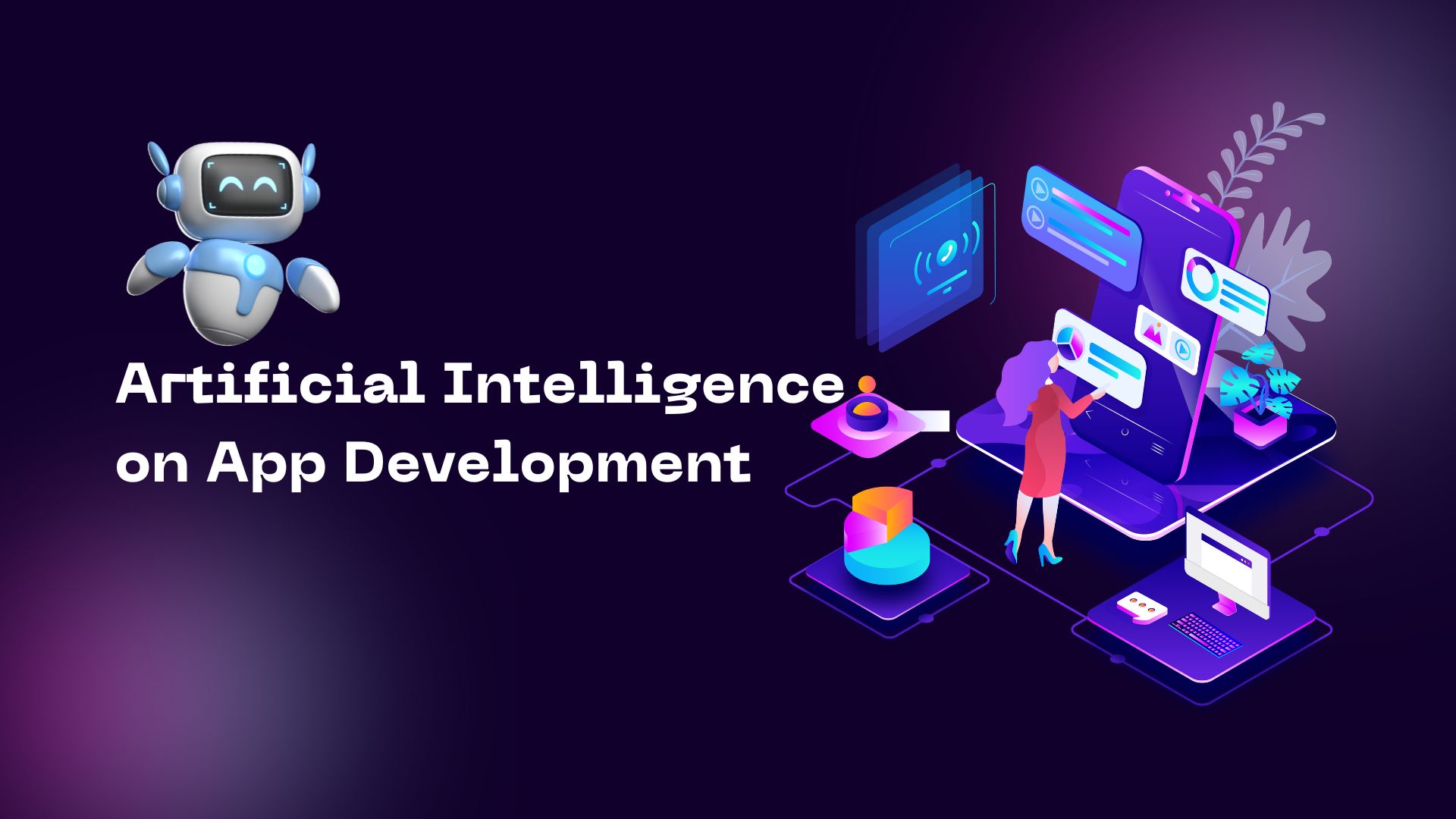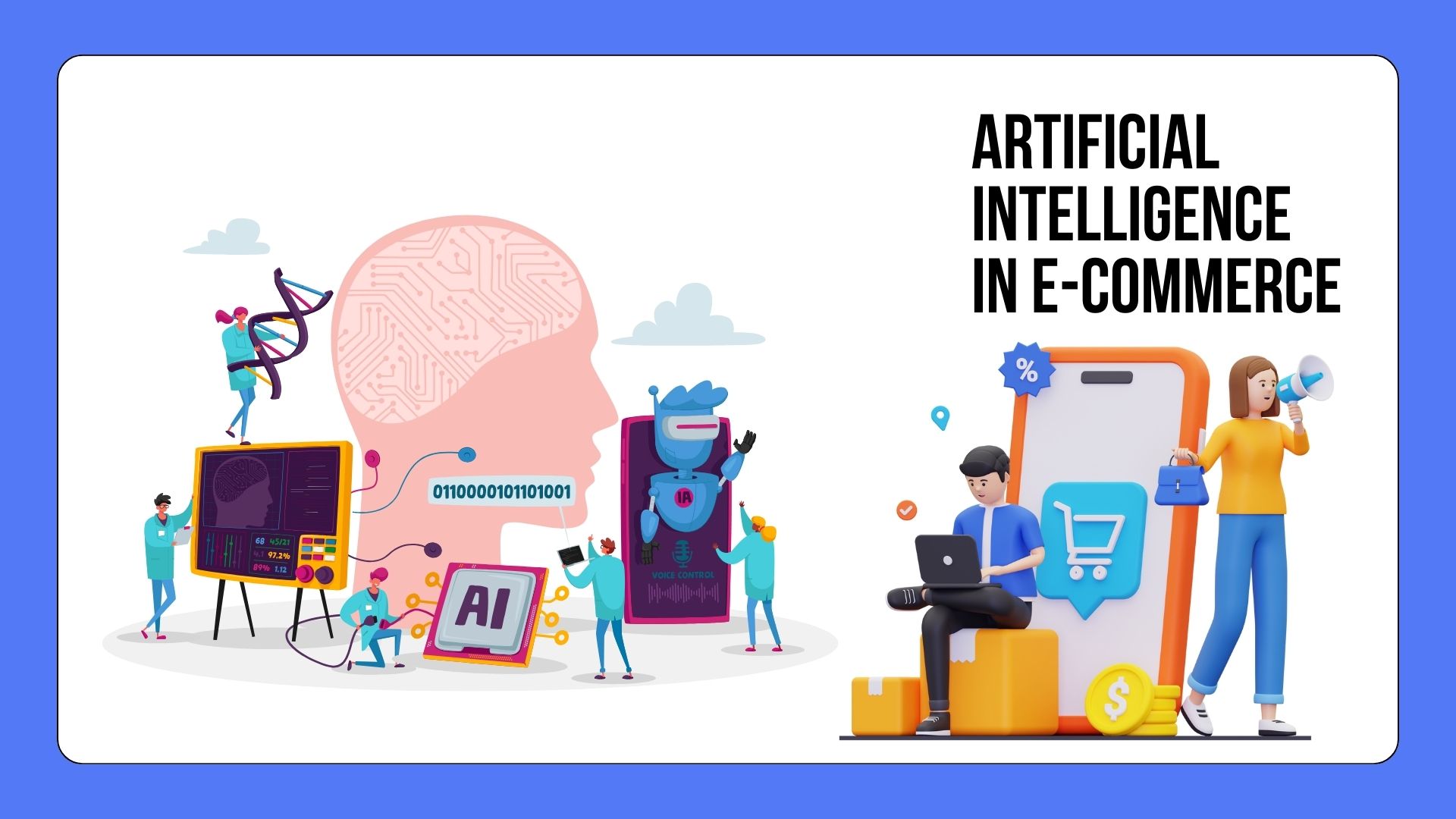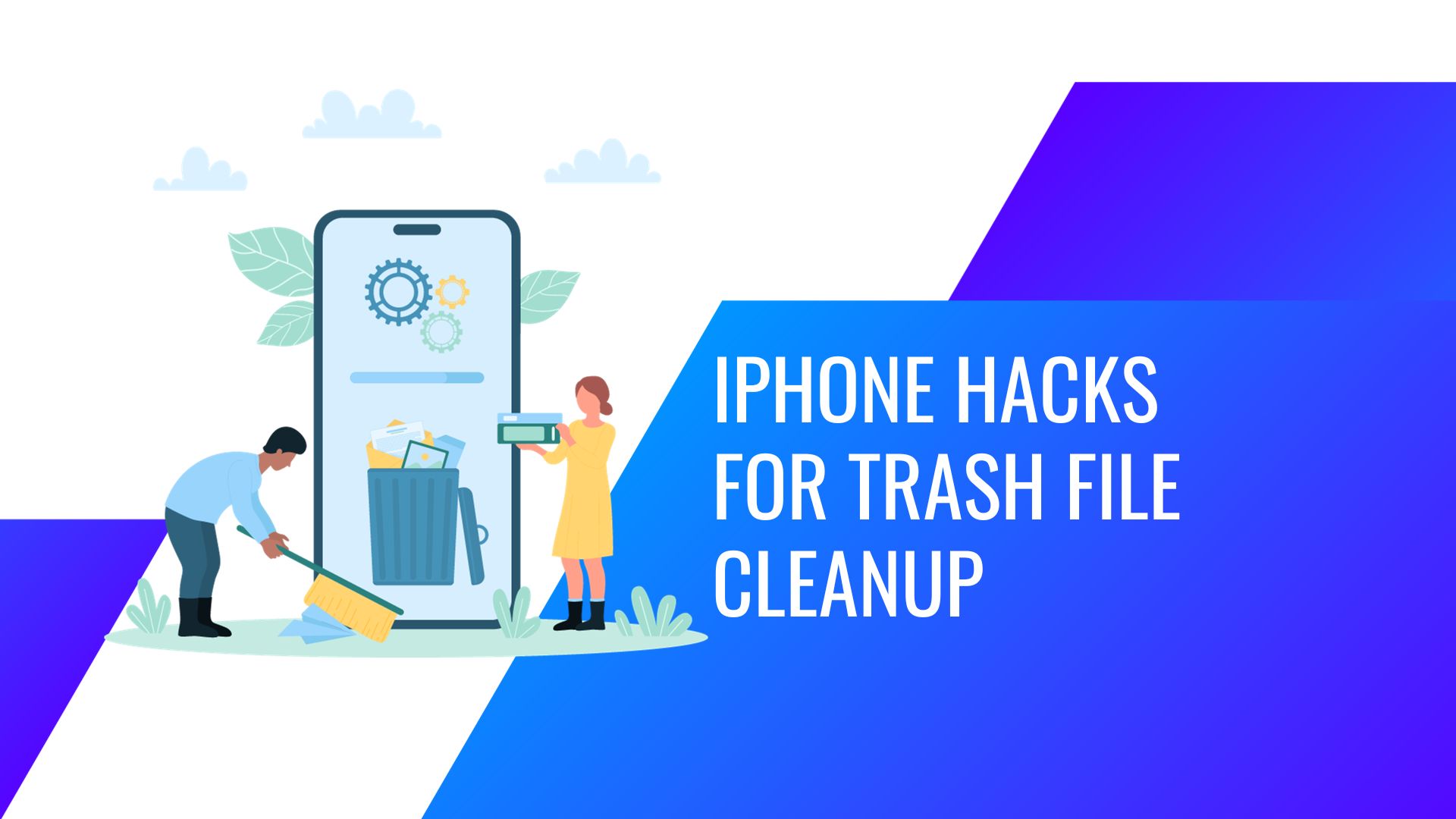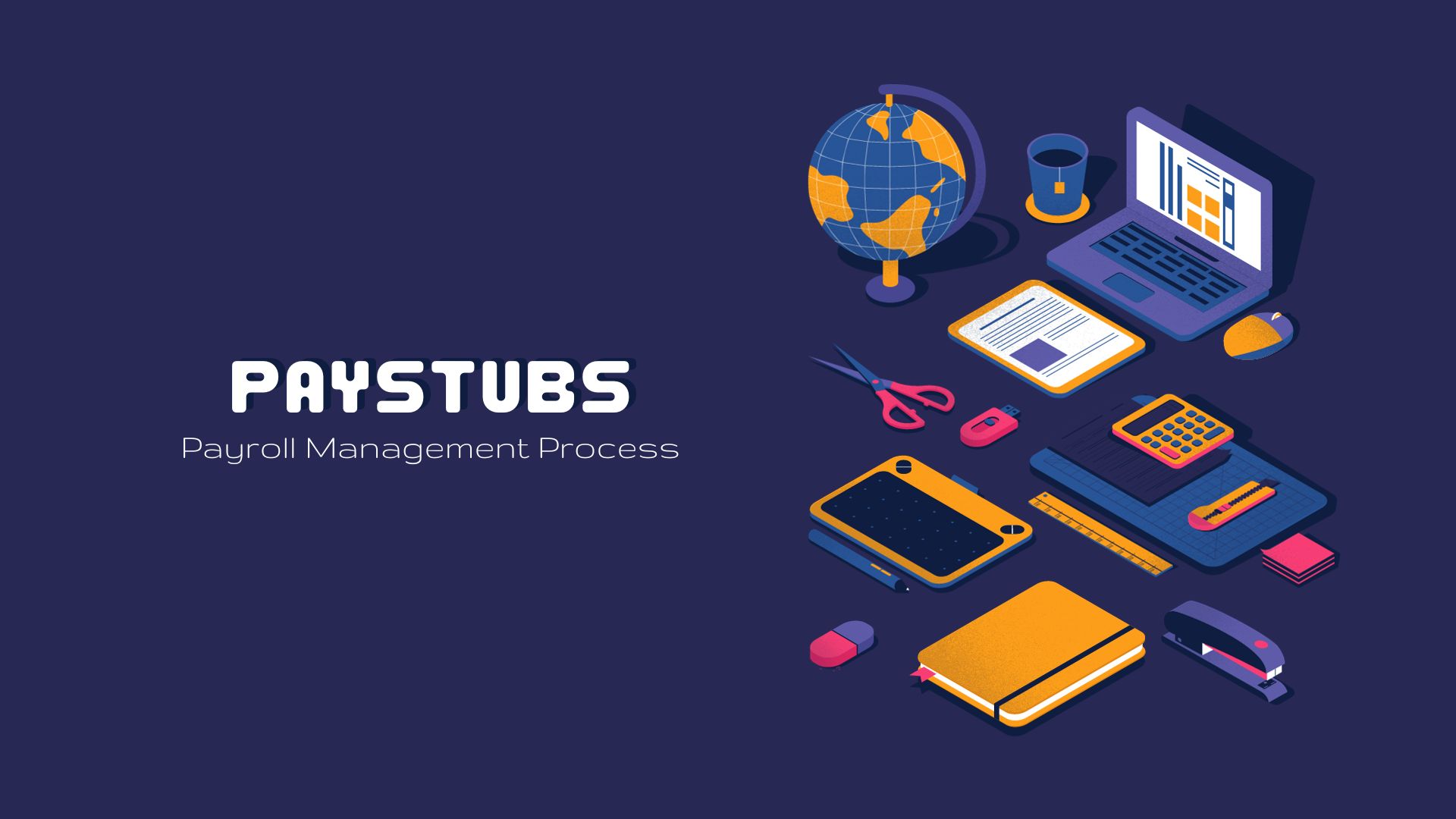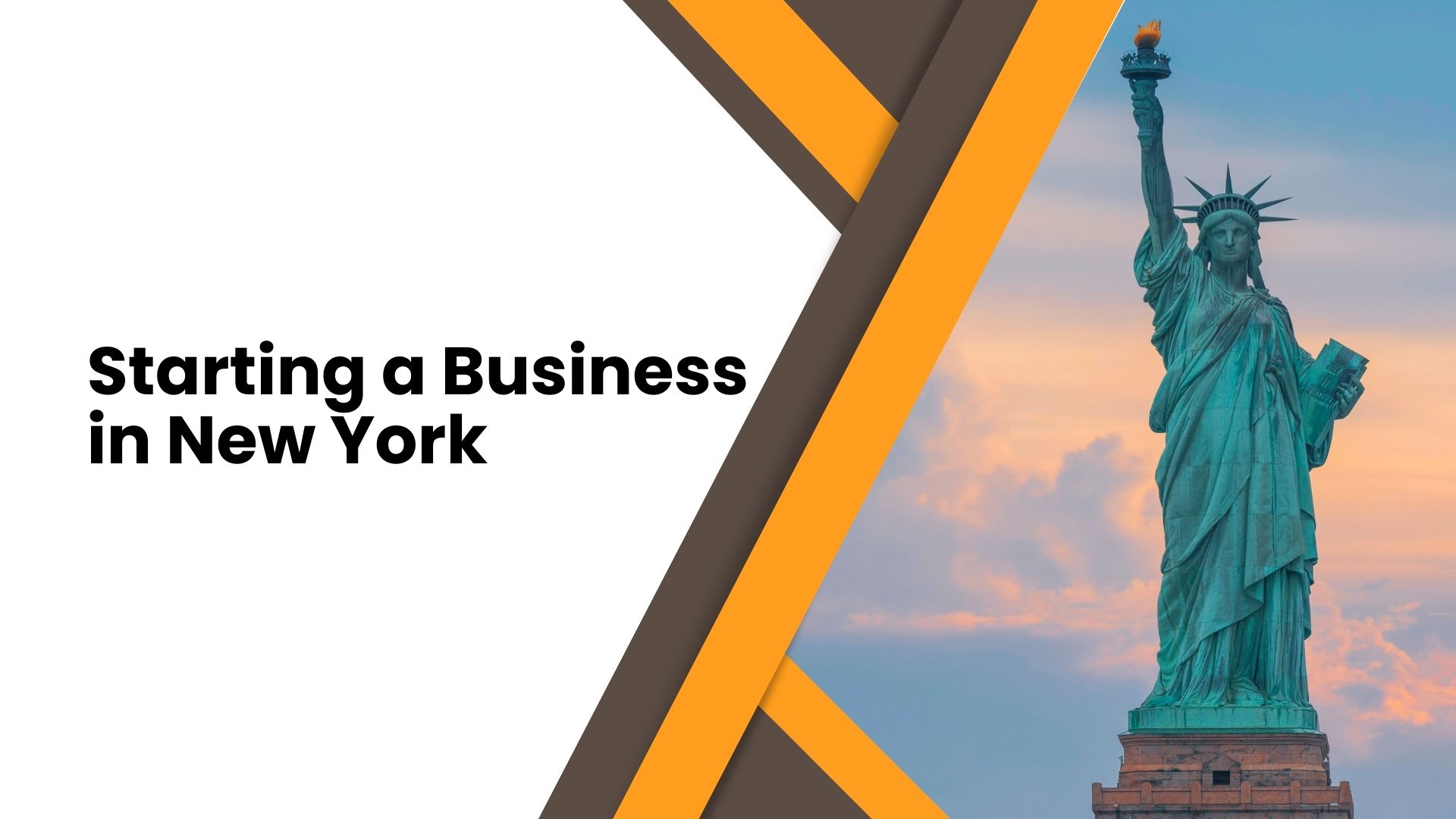7 Tips for Getting a Great Software Deal
WHAT WE HAVE ON THIS PAGE
By Scott D. Rosenberg, CEO Miro Consulting
With the fiscal year-end rapidly approaching for both Oracle (May 31) and Microsoft (June 30), the scramble is on for closing sweet discount deals for everything from new components to enterprise software systems. Everyone knows this is the best time to negotiate the best deal with these two software titans … right?
Well, yes and no. While fiscal year-end is still the best time to negotiate the best price with either company, the deep, deep discounts of yore have generally shrunk down to one or two percentage points below the discounts offered year-round. This can be important, especially since annual fees (e.g., support) from both vendors is calculated as a percentage of the net price paid for each license.
But price discounts are never the most important factor with enterprise software. Warren Buffet’s maxim applies perfectly here: “Price is what you pay. Value is what you get.” Don’t let yourself be seduced by sexy discounts without considering the big picture. Bear in mind that most software vendors will offer 15 percent to 20 percent baseline discounts right off the bat, any time of year.
Unfortunately, the big discounts offered may cause serious indigestion later when you discover how much of the package you really don’t need in the form of shelfware. While that initial 20 percent discount off the top of enterprise license agreements can be seductive, allow yourself plenty of time to consider and negotiate even better deals tailored to your needs.
Ultimately, the value you receive from your total software procurement will almost always win over straight financial discounts. Why? When procurement and negotiation are done with an eye toward the value of a software license, the mid- and long-term results will be more beneficial in terms of overall savings, compliance and the like.
So when is the best time to negotiate value?
The short answer is: after you have completed a thorough inventory of your current IT environment and calculated short- and near-term software needs based on your overall business strategy – including anticipated growth, geographic expansion, acquisitions and divestments, and specific applications you might need, including the non-production and temporary servers necessary during O/S or system migrations.
That may sound like a lot of work, but it’s well worth it. Optimizing your software purchases is all about getting the best total cost of ownership (TCO) value, not getting the biggest initial discount. And the best value for shaping TCO and savings over time is almost always found in the non-discount concessions you can negotiate in the terms and conditions (T&Cs) of your software licensing agreements (SLAs).
Here are some of the more important dos and don’ts of negotiating value:
Preparation
To ensure you’re negotiating from strength, never, ever, ever make new software purchases before conducting an enterprise review. Understanding what you have and what you need enables you to leverage/redeploy existing licenses and stay in compliance. It also avoids the trap of buying too much, and of procuring licenses on a “per project” or “per application” basis, which results in over-payment for unnecessary shelfware. If you don’t fully understand your current and near-term software needs, how can you possibly negotiate optimal value?
Timing
We advise our clients to begin negotiating very large enterprise agreements at least six months in advance. Vendors tend to make concessions slowly over time. Likewise, your senior management needs time to consider and approve major agreements. Obtaining the necessary buy-in from both vendor and management typically requires patience, savvy and finesse. Understand and respect these human factors.
A rushed enterprise agreement is often a recipe for waste and frustration, even if you get a fiscal year-end discount. For smaller software purchases, the timeline may be shorter, but you should still follow the preparation steps outlined earlier.
Flexibility
We also advise clients to conduct adequate “what if” analyses before entering into new licensing agreements. Lack of scalability to your requirements in a licensing contract can cost your company thousands of dollars during unexpected growth or downsizing. Do your current agreements have the necessary flexibility?
Centralize
Decentralized decision-making may be a good strategy for many aspects of entrepreneurial growth, but not software acquisition. A centralized software acquisition policy is essential to all organizations for three important reasons: to control costs, to optimize software value and to remain organized and compliant over time.
Terms & Conditions
Negotiable non-discount T&C concessions are the key to negotiating value in terms of cost, increased productivity, flexibility and operational efficiency. Focusing on the right T&Cs — such as transferability, future purchases and maintenance fees — will optimize the SLA for your requirements while frequently saving more money than price discounts.
A great example of this is unlimited licensing agreements (ULAs), which are helpful under a narrow set of conditions which are not always evident. They should be carefully considered to ensure they properly fit all of a customer’s needs. Negotiating a more flexible alternative will result in substantial savings.
Software License Types
Depending on your requirements, it’s important to weigh the pros and cons of licensing types, including term, perpetual and the rapidly emerging cloud-based subscription model. Every vendor adds various wrinkles to these broad categories, so it’s important that someone on your negotiating team has a thorough knowledge of them.
Your Negotiator
Ideally, a lawyer should review the final SLA from a legal perspective after the T&Cs have been negotiated, and nothing more. Lawyers are not IT experts, and what they don’t know can hurt you.
The best person for negotiating T&Cs is someone with intimate knowledge of the vendor’s history of rules, tendencies and limits. For instance, Microsoft’s myriad agreements, targeted user communities, price tiers and Software Assurance benefits appear very flexible to tailoring SLA terms and conditions (T&Cs) to buyer needs these days, while SAP’s and Oracle’s agreements appear to have a reputation for being more steadfast. But smart negotiators know that Oracle can be more flexible on certain T&Cs, such as limited-use licenses for peak periods, which can make a big difference in long-term costs.
Bottom Line on Software Negotiations
Always negotiate from strength by coming to the negotiating table prepared and with a clear picture of what you want in the SLA. Know what you have and what you need in detail. As the old saying goes, to get the best deal, start with an ideal.
Once you’re at the table, always negotiate for value first, preferably with someone on the team who knows the vendor’s predispositions and boundaries. If you can time your negotiations for fiscal year-end, great, because after core needs have been addressed in the T&Cs, you can still negotiate pricing. If it’s fiscal year-end, you might still get that extra one or two percent off, but there is nearly always wiggle room for pricing discounts, even after negotiating value concessions.
Scott D. Rosenberg is president and CEO of Miro Consulting, which he founded in August 2000. Miro Consulting helps companies analyze and negotiate enterprise software contracts, specifically Microsoft and Oracle licensing. The company, which has 500-plus clients across North America, also offers software asset management consultation services. Prior to Miro Consulting, Rosenberg was a founding principal and driving force behind Cintra, an Oracle consulting company with over $20 million in revenues. He is an active member of IAITAM and is a Certified Software Asset Manager (CSAM).

Sean Michael is a writer who focuses on innovation and how science and technology intersect with industry, technology Wordpress, VMware Salesforce, And Application tech. TechCrunch Europas shortlisted her for the best tech journalist award. She enjoys finding stories that open people's eyes. She graduated from the University of California.
